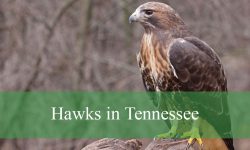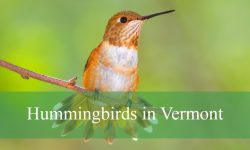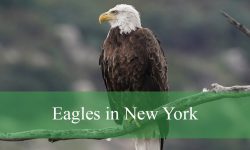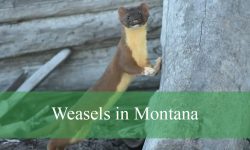Turkeys are often associated with Thanksgiving dinners and rural farm life, but these fascinating birds have a social structure and behavior that is far more complex than most people realize. One question that often arises when discussing turkeys is surprisingly simple: What is a group of turkeys called? The answer might surprise you, and it opens the door to an array of quirky, scientific, and even historical facts about these birds that you likely didn’t know.
Understanding the name for a group of turkeys not only helps you speak more accurately about them, but it also gives you insight into how turkeys interact, how they live, and why their social behaviors are uniquely interesting in the bird world.
The Correct Term for a Group of Turkeys
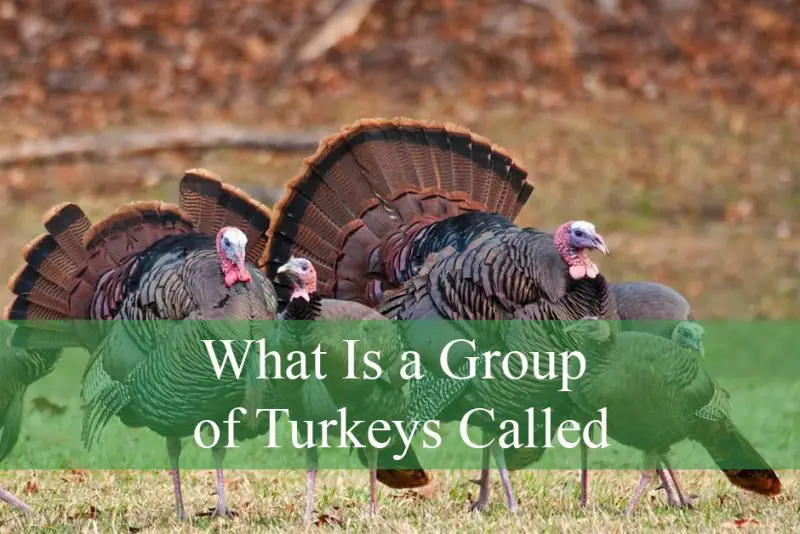
When turkeys gather together, the proper term used to describe the group is a “rafter.” This may come as a surprise, especially since terms like “flock” or “gaggle” are more commonly associated with birds. However, “rafter” is the historically accurate and linguistically accepted collective noun for turkeys, particularly when they are gathered on the ground or in a communal area.
The origin of the word “rafter” as a collective noun dates back to Middle English, when groups of animals were given distinctive names often based on medieval hunting traditions. Similar to how a group of crows is called a “murder” and a group of owls is called a “parliament,” turkeys have their own unique title. Though “flock of turkeys” is still used colloquially—especially when referring to domesticated birds—“rafter” remains the more precise term in both literary and ornithological contexts.
What’s interesting about the term “rafter” is how uncommon it is in everyday language, which adds an air of novelty when you use it. Despite its rarity, it’s considered the correct term in wildlife circles and among birdwatchers. Using “rafter” instantly identifies someone as knowledgeable about birds, and particularly about turkeys.
Why Turkeys Form Rafters
Turkeys are highly social birds, especially the wild species found in North America. They naturally form groups for a number of reasons, including protection, foraging, and breeding. A rafter of turkeys is typically made up of hens (females) and their poults (young turkeys), although toms (males) may form separate groups or travel solo, depending on the season.
The formation of rafters helps turkeys maintain safety in numbers. Turkeys are prey animals, and being in a group increases their chance of spotting predators early and escaping. Wild turkeys have keen eyesight and excellent hearing, which is magnified when many are watching and listening together.
During the fall and winter months, turkeys often band together in larger groups to forage for food and stay warm. In spring, rafters may break up slightly as the birds focus on mating and nesting behaviors. However, social bonds remain strong, especially among females and their young. These group dynamics are not just about survival—they also reflect the complex communication and social hierarchies within turkey populations.
Turkey Behavior Within the Group
The dynamics within a rafter of turkeys can be surprisingly sophisticated. Turkeys establish a social hierarchy or pecking order, much like chickens. Dominance is often established through displays of aggression, posturing, or even vocalizations. Among males, competition can be fierce, particularly during the mating season when gobblers strut to impress females.
In a typical rafter, older hens often take on leadership roles, guiding the younger birds to safe roosting sites or productive foraging areas. Communication is vital, and turkeys use a variety of vocal calls to stay in contact, alert others to danger, or indicate food sources. These calls vary in tone and pitch, each with its specific meaning understood by other turkeys in the group.
Social bonding is also observed among poults, who often stay close to their mothers and siblings for protection and learning. These young turkeys are dependent on the rafter for both security and guidance as they mature. Turkeys are not solitary creatures by nature; their behaviors strongly depend on their place within the group and the time of year.
Rafters in the Wild Versus Domesticated Groups
There is a notable difference between a rafter of wild turkeys and a group of domesticated turkeys. In the wild, rafters are more mobile, wary of humans, and capable of flight. They frequently roost in trees at night and travel across wide territories in search of food. The wild turkey’s rafter tends to be more fluid and flexible, changing with the seasons and local environment.
Domesticated turkeys, on the other hand, are typically raised in controlled settings with limited space and reduced exposure to predators. Their social structure is often influenced by human management, and their behavior may be less natural due to breeding and restricted movement. While you can technically refer to a group of domestic turkeys as a rafter, it’s more common to hear the term “flock” used in agricultural or commercial settings.
Despite these differences, both wild and domesticated turkeys exhibit strong group tendencies. Even in farming environments, turkeys form bonds, exhibit dominance hierarchies, and engage in group behaviors such as synchronized feeding or mutual grooming.
The Evolutionary Importance of Turkey Grouping
The tendency of turkeys to form rafters isn’t just behavioral—it has roots in their evolutionary development. Social grouping has helped wild turkeys adapt and thrive in diverse environments, from dense forests to open fields. Their ancestors, believed to have originated in North and Central America, survived harsh conditions by relying on group coordination for food acquisition and predator detection.
This social adaptability has given turkeys an edge in the wild. When a predator is spotted, a rafter can communicate danger through a series of alarm calls, prompting an immediate and organized response. In many cases, turkeys will scatter to confuse predators, only to regroup later using their vocal cues. These survival tactics show just how important the rafter structure is to the turkey’s ability to endure and flourish.
Social cohesion also plays a critical role in raising young. Hens are solely responsible for rearing poults, and they depend on the group not only for protection but also for cooperative behaviors like warning calls and shared vigilance. The instinct to remain in groups has persisted across generations, making it a central feature of turkey biology.
Cultural and Historical References to Turkey Groups
Turkeys hold a special place in American culture, particularly around Thanksgiving, but references to their group behavior have existed for centuries. Native American tribes, especially those of the eastern woodlands, respected turkeys for their intelligence and social unity. In some traditions, the turkey symbolized abundance, community, and the spirit of giving.
European naturalists who arrived in North America also took note of turkey behavior, documenting how these birds traveled in groups and used communal roosting strategies. The word “rafter” entered usage through early English colonial writings, though it never reached the same cultural popularity as more familiar collective nouns like “herd” or “flock.”
Even today, references to a rafter of turkeys are mostly seen in wildlife books, academic studies, or birdwatching guides. Still, the term carries with it the weight of historical usage, tying modern understanding back to earlier observations of these fascinating birds.
Do Other Birds Have Unique Group Names?
The turkey isn’t alone in having a distinct group name. Many birds have whimsical or poetic collective nouns rooted in centuries-old English traditions. These include names like a murder of crows, a gaggle of geese, or a parliament of owls. These names were originally recorded in hunting manuals and books of etiquette in the late medieval period and were used to add flair and sophistication to language.
The inclusion of “rafter” in this group of collective nouns reflects the turkey’s established place within the avian lexicon. While not as widely recognized as some others, “rafter” is nonetheless an accepted term among naturalists and ornithologists. It also adds a bit of fun and curiosity to everyday language, encouraging people to explore the unique ways we classify animal behavior.
Understanding these names enhances our appreciation of birds and helps us better grasp their social complexity. Just as a school of fish or a pod of dolphins suggests community and movement, a rafter of turkeys conveys organization, purpose, and mutual support.
How to Spot a Rafter in Nature
Wild turkeys are most often seen in groups during early morning or late afternoon, especially in wooded areas with nearby open fields. Rafters are typically active during daylight hours, foraging for seeds, insects, berries, and small reptiles. If you’re out hiking or birdwatching in a region known for turkey populations, you may spot a group moving through the brush with coordinated, cautious steps.
They are surprisingly agile and can cover large distances on foot. When threatened, they may run rapidly or even take flight, soaring short distances to escape danger. Observing a rafter in the wild can be a rewarding experience, offering insights into their interactions, communication, and group coordination.
Turkeys are particularly active in spring and autumn. In spring, males may be more visible due to their mating displays, while females lead their broods in the late summer and fall. Look for signs like tracks, dust bathing spots, or feeding patterns to determine if a rafter is nearby.
The Future of Turkeys and Their Social Structure
As human development expands into wild habitats, the survival of turkey rafters depends increasingly on conservation efforts and habitat management. Fortunately, wild turkey populations in North America have made a strong comeback in recent decades, thanks to successful wildlife restoration programs.
Understanding and appreciating the natural group behaviors of turkeys helps us support their ecological role and encourage healthy environments for them to thrive. As more people learn about rafters and the social intricacies of these birds, there’s growing interest in protecting them, not just as a food source, but as a valuable part of the natural world.
With increased education and awareness, future generations may become more familiar with terms like “rafter” and recognize the beauty in these lesser-known aspects of bird behavior. The turkey is more than just a holiday symbol—it is a remarkable bird with a rich social life worth understanding.
FAQ About a Group of Turkeys
What is a group of turkeys called?
A group of turkeys is called a rafter. This term is historically correct and primarily used when referring to wild turkeys, though people often say “flock” in casual speech.
Can domesticated turkeys also be called a rafter?
Yes, you can refer to domesticated turkeys as a rafter, though the term “flock” is more common in agricultural settings.
Why do turkeys stay in groups?
Turkeys form groups for protection, social bonding, and cooperative foraging. It enhances their survival and supports the development of young turkeys.
How large is a typical rafter of turkeys?
A rafter can vary in size depending on the season and location, typically ranging from a few individuals to several dozen, especially in winter.
Where can I see a rafter of wild turkeys?
Wild turkeys are common in forests, woodlands, and fields throughout North America. Look for them during early morning or late afternoon hours.



